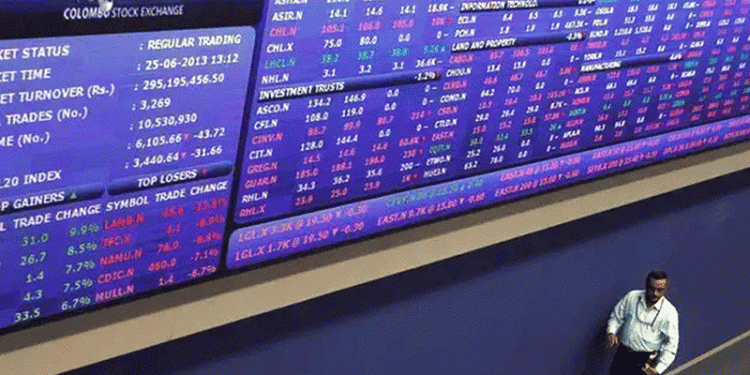 © Reuters. Traders work on the floor of the NYSE in New York
© Reuters. Traders work on the floor of the NYSE in New YorkLONDON (Reuters) – Investors pulled billions from bonds and stocks this week as U.S. bond movements triggered fears over global growth and a trade tussle between the United States and China heated up, strategists at Bank of America Merrill Lynch (NYSE:) said on Friday.
This week’s selloff was precipitated by the inversion of part of the U.S. yield curve, which has previously been a reliable indicator of an impending recession.
It deepened on Thursday after the chief financial officer of China’s Huawei was arrested on a U.S. request, sending markets spiraling further as investors predicted a worsening of relations between the world’s two biggest economies.
The anxiety drove investors to pull $5.2 billion from equity funds and $8.1 billion from bond funds, according to EPFR data cited by BAML.
“Markets starting to price in recession, but policymakers yet to price in recession,” argued the BAML strategists.
Equity outflows were made up of opposite flows in ETFs and mutual funds, with $5.3 billion driven into ETFs while $10.5 billion was taken out of mutual funds.
But investors were continuing to edge back into emerging market stocks, which saw their eighth week of inflows with $2.7 billion.
This helped push BAML’s “Bull & Bear” indicator of market sentiment up from 2.4 to 2.7 – “not yet an extreme bearish reading”, BAML strategists said.
The starting point for a fall to lower equity allocations is high, they pointed out, with the world’s largest sovereign wealth fund at 67 percent equity allocations.
Hedge funds are still at a net 35 to 40 percent net long, and BAML’s fund manager survey shows cash levels under 5 percent.
The global consensus forecast is for 8.3 percent growth in earnings-per-share in 2019, which the strategists said was too high, predicting a “Big Low” in markets next year.
In bond flows investors were pulling out of corporate debt and into government debt, the EPFR data showed.
Some $15 billion flowed into government bond funds over the past eight weeks, while $49 billion flowed out of investment-grade, high-yield, and emerging market debt.
In equity sectors, a building preference for value stocks over growth inverted this week, as tech had its biggest inflows in 11 weeks and financials saw heavy outflows.
Healthcare, tech, energy, and real estate saw inflows while consumer stocks, utilities, and materials saw outflows. Financials were the least preferred with investors pulling $1.3 billion from the sector.
Fusion Media or anyone involved with Fusion Media will not accept any liability for loss or damage as a result of reliance on the information including data, quotes, charts and buy/sell signals contained within this website. Please be fully informed regarding the risks and costs associated with trading the financial markets, it is one of the riskiest investment forms possible.
Source: Investing.com




























